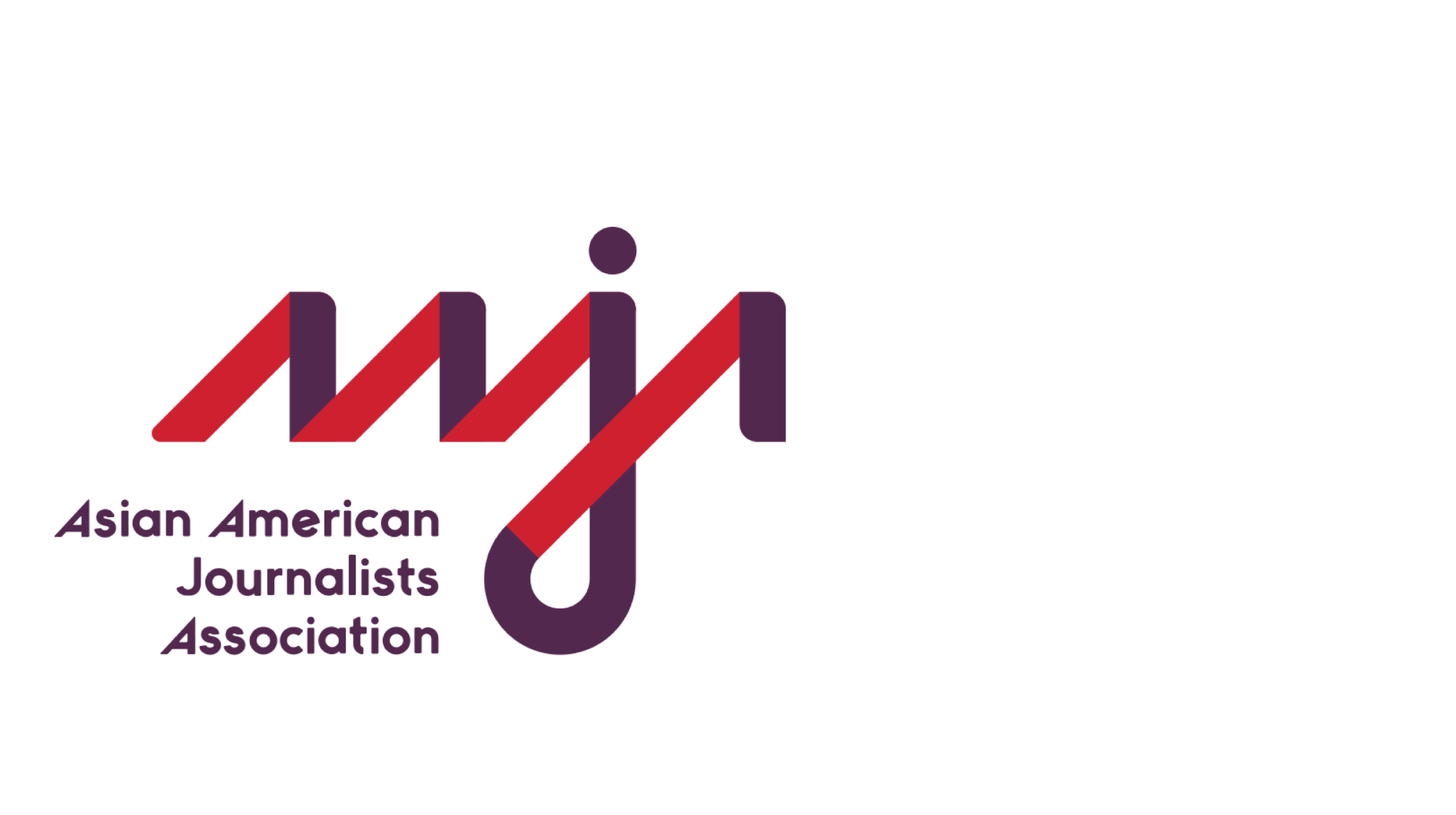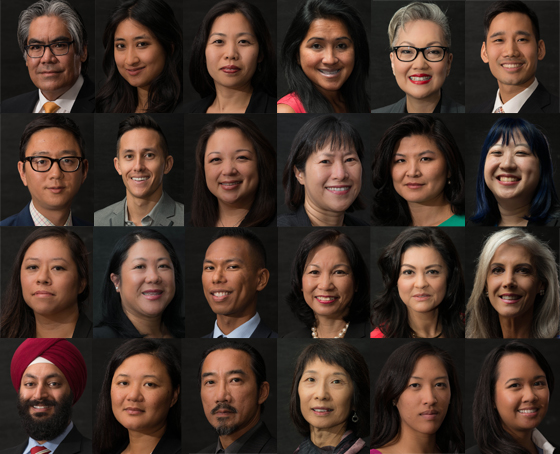AAJA has launched its Futures Fund campaign, which will ensure the longevity of the association. To learn more or make a donation, click here.
By Nicole Dungca
Recently, I had the honor of addressing a gathering of longtime Asian American Journalists Association members in the San Francisco Bay Area. Looking out at the room, I saw people who had blazed a trail for me and so many others in AAJA.
Our hosts, Mona Lisa Yuchengco and Lloyd LaCuesta, were present at the start of my journey into journalism. I grew up in the Bay Area, in Millbrae. And so that meant I grew up watching Lloyd on the news. I saw his face on television, and that meant I saw someone who looked like me, who looked like my brother, my father.
As everyone in this room knows, that matters. It matters that I thought a Filipino American could be on television, could be the one delivering the news to a major metropolitan area.
And then you have Mona Lisa, who, for years, championed telling the stories of Filipinos through Filipinas Magazine and Positively Filipino. When I was a sophomore in high school, I interned for Mona Lisa’s publication, writing features about Filipino comedians and authors — and as a green 15-year-old, the chance that she gave me lifted me up and gave me the confidence that I could be a full-time reporter.
Fast forward to my senior year of college. I was applying to internships after graduation, and newsrooms were cutting their internships left and right. But The Oregonian called me and told me they were able to keep an extra spot open. And that was because of a scholarship from AAJA Portland. That gave me my first job, and I spent five years there, honing my reporting and writing skills.
While In Portland, I went to AAJA’s convention and I met a recruiter from the Boston Globe, who kept encouraging me to send her clips. And finally she said it was time for me to join their newsroom — after years of getting to know her through AAJA.
In Boston, I joined an AAJA signature initiative called the Executive Leadership Program — and there, I learned to talk about my future goals. I wanted to become a full-time investigative reporter. So I told my editors, buoyed by what I learned from ELP, and I joined the Spotlight team.
After several years there, I joined the Washington Post as an investigative reporter. This year, a podcast series I co-hosted was named as a Pulitzer finalist. And even more amazingly, I had the remarkable opportunity to tell a story of my people, when I was able to write an investigation about the Smithsonian Institution collecting human brains in the early 20th century.
We found a story of Maura, a young Filipino woman who had come to the St Louis World’s Fair to be put on display with hundreds of other Indigenous Filipinos – and when she died, her brain was taken for a racial brain collection. As soon as I heard this story, I knew I had to be involved – and because of my experiences with Filipinas, with AAJA, with the industry – I knew we had an opportunity that few American news outlets would take advantage of.
This year, we published the Post’s first illustrated investigation, a graphic novel rendering the story of Maura. It was a moment that felt full circle for someone who had started out telling the stories of Filipinos in the pages of Filipinas Magazine.
In other words, it’s no exaggeration to say that at every step of my career, AAJA has been there and helped shape it. And I know I’m not alone in that experience.
In more recent years, as the president of AAJA, I’ve seen how AAJA has shaped so many lives – even beyond journalism. Together, our members have helped shape the conversation on violence against Asian Americans and Pacific Islanders — we have had the opportunity to urge newsrooms to tell the stories of our elders being harassed and assaulted, and the opportunity to frame the way that people tell them.
When a man shot and killed Asian women at two Atlanta spas in 2021, AAJA was ready to push out an advisory that would help people pronounce the victims’ names, and make sure their stories were told respectfully and appropriately. Our site crashed that week because we were reaching so many people.
We could do this only because of what AAJA’s trailblazers did to make the organization what it is today.
I want AAJA to be this powerful for as many people as possible, for as long as possible. I want AAJA to be sustainable into the future and to nurture generations of AAPI leaders long after all of us are gone. This is why we’ve launched an endowment campaign, so that even more generations of people like us can have barriers removed for them.
At a time when democracy is under threat and a free press is needed more than ever, we must make sure that the press reflects the communities we serve. We must make sure that AAPI leaders are driving the conversation. AAJA has made sure of that for years. Let’s make sure that continues far into the future.
Nicole Dungca is AAJA’s board president and an investigative reporter at the Washington Post



